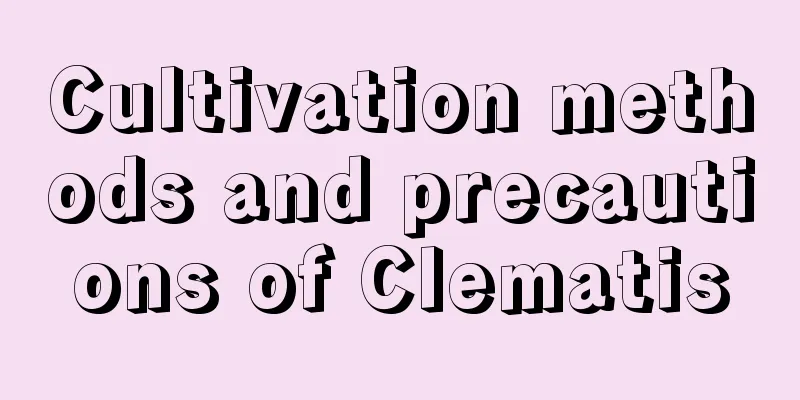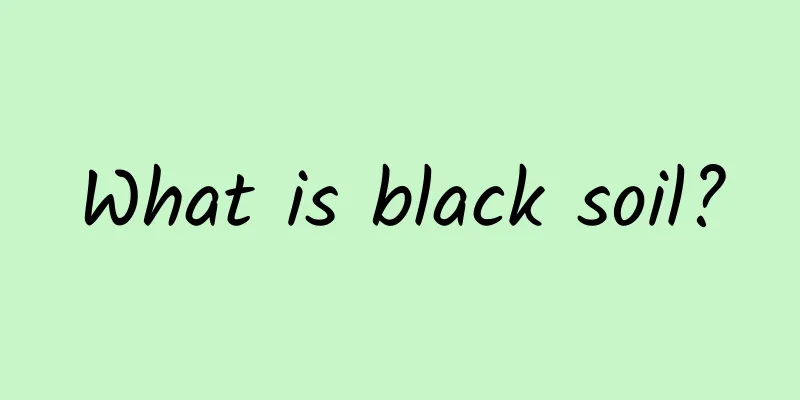Cultivation methods and precautions of Clematis

How to cultivate ClematissoilTo grow Clematis chinensis, the soil must be loose and have a deep layer. The soil must have strong air permeability. When choosing the substrate, you can use some peat soil or bark to enhance the air permeability. Light and temperatureClematis prefers a warm, semi-shady growing environment. During the growth period, it needs to maintain sufficient light. Before the Clematis blooms, appropriately increasing the light can promote flowering. The temperature needs to be kept within a suitable range. The suitable growth temperature for Clematis is between 25℃ and 35℃. If the temperature is lower than 15℃, the leaves may become ugly. Watering and fertilizingClematis likes a humid growing environment and needs to maintain a high humidity, but be careful not to have water accumulation to avoid root rot, and ventilate frequently to avoid bacteria. When applying fertilizer, you need to apply some decomposed fertilizer when planting and apply top dressing during the growing period. Mainly use compound fertilizer, and add more nitrogen, phosphorus and other elements. Reproduction methodThe main method of propagation of Clematis is sowing, which is carried out in September. Or in early spring, you can use the root buds of Clematis to propagate it, or you can propagate it by cuttings and layering. Things to note when growing ClematisPests and diseasesClematis has fewer diseases and pests. When the temperature is high and humidity is high in July, Clematis is prone to black spot disease, and if there is water accumulation in the soil, it will cause root rot. It is necessary to pay attention to some of the hazards caused by these reasons. pruneIn order to promote the growth of the root system, it is necessary to properly cut off the dense branches of the Clematis chinensis. Cutting off flower buds during the flowering period can reduce nutrient consumption. Trimming the leaves at the bottom of the plant can allow ventilation and light to pass through. ScaffoldingThe purpose of building a shed is to allow the Clematis to climb and grow, making it more beautiful. |
<<: If you can’t grow flowers well indoors, it’s because you didn’t follow these 5 rules
>>: Breeding methods and precautions of Emperor Crown
Recommend
How and when to grow potatoes on the balcony How and when to grow potatoes on the balcony
It is good to grow potatoes on the balcony. The e...
How many times a year can radish be planted? How many months does it take to harvest (growing period)?
How many seasons can radish be planted in a year?...
Purslane tree cultivation methods and precautions
Purslane trees are very easy to grow and grow ver...
When is the best time to prune osmanthus?
Osmanthus Overview Osmanthus likes warmth and has...
How many years does passion fruit bear fruit?
Introduction to passion fruit planting Passion fr...
How to divide the green diamond flower into pots so that it can survive easily
When is the best time to divide the green diamond...
Cultivation methods and precautions of boxwood bonsai
The boxwood bonsai plant is very easy to grow. As...
Green radish grows fastest in summer. If you grow it like this, it will grow to 1 meter in 20 days!
If you expose the green radish to more sunlight a...
How to make geranium bloom and how to care for it during the flowering period
1. How to make geranium bloom 1. Timely temperatu...
How Phalaenopsis survives the summer
How Phalaenopsis survives the summer The most imp...
Can raw pumpkin seeds be eaten? How to eat pumpkin seeds
1. Can I eat it? Raw pumpkin seeds can be eaten. ...
How to propagate potted grapefruit
1. Seed propagation method The plump fruit core o...
Cultivation methods and precautions of four-season plum
1. Soil You can use peat soil or garden soil for ...
When to prune desert rose
1. Which month should you prune? Desert roses are...
Candle orders increased 10 times in a week, and manufacturers' orders surged
According to reports, under the "power ratio...









